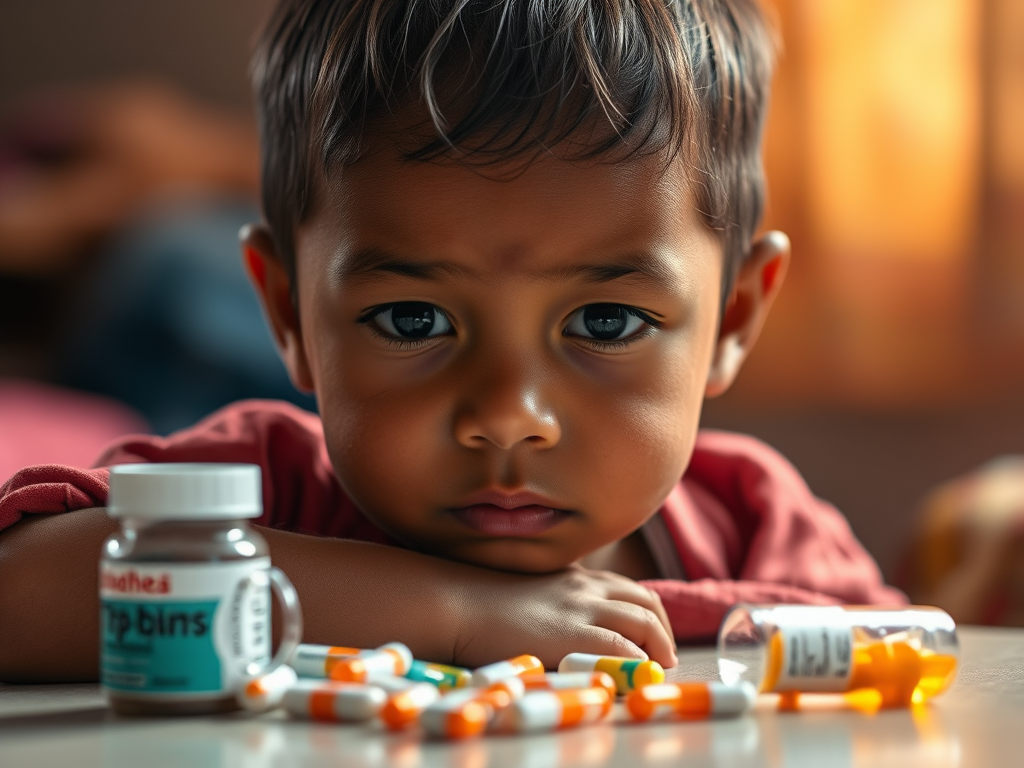By Evans Matthews
Childhood blindness is one of the most devastating health challenges globally, robbing children not only of sight but also of educational and economic opportunities. According to the World Health Organization (WHO), an estimated 1.4 million children worldwide are blind, with millions more visually impaired. In low-income regions, preventable causes—such as vitamin A deficiency, measles, and untreated infections—remain the leading culprits.
Pharmaceutical breakthroughs, however, are providing renewed hope. Vitamin A supplementation programs, backed by global partnerships, have already prevented an estimated 500,000 cases of childhood blindness annually. Advances in fortified foods and low-cost oral supplements are making this life-saving intervention more sustainable. “No child should go blind from a lack of vitamins,” stressed Dr. Anita Deshmukh of UNICEF. “It is a solvable crisis.”
Another milestone came with the development of antiviral and antibacterial eye drops that effectively combat neonatal infections leading to blindness. These treatments are especially vital in regions where childbirth occurs outside hospitals and hygiene is a challenge. The wider availability of such low-cost pharmaceuticals is reducing preventable corneal scarring and vision loss.
In wealthier nations, pharmaceutical innovations are focusing on inherited retinal diseases. Gene therapy has emerged as a groundbreaking approach, with the first FDA-approved gene therapy for a rare form of childhood blindness demonstrating significant improvement in functional vision. Researchers are now working to expand similar therapies to more common childhood eye disorders.
Immunization campaigns also play a critical role. Measles remains a leading cause of preventable blindness in children, particularly in sub-Saharan Africa. By pairing vaccines with pharmaceutical support systems, public health officials are reducing the dual burden of disease and vision loss. “Protecting a child’s sight is more than medical care—it is an investment in their future,” noted Dr. Samuel Ncube, a pediatric ophthalmologist in Zimbabwe.
Yet, accessibility remains a persistent hurdle. Many low-and-middle-income countries lack consistent supply chains, trained personnel, and infrastructure to deliver therapies effectively. International coalitions, such as the Global Trachoma Initiative, are working with pharmaceutical companies to donate antibiotics and provide mass drug administration programs in high-burden regions.
The economic case for preventing child blindness is compelling. The World Bank estimates that childhood blindness costs billions annually in lost productivity and lifelong dependency. By investing in preventive pharmaceuticals and equitable distribution, governments and health organizations can drastically reduce these costs while transforming lives.
Beyond the scientific progress, there is a cultural shift in how child blindness is perceived. For too long, blindness in children has been viewed as an unavoidable tragedy. Today, advances in pharmaceuticals, coupled with global awareness, are reframing it as a preventable and treatable condition.
With continued innovation, stronger international partnerships, and an emphasis on equitable access, the vision of a world where no child needlessly loses their sight is within reach. For children everywhere, these breakthroughs promise not only restored sight but also brighter futures.





